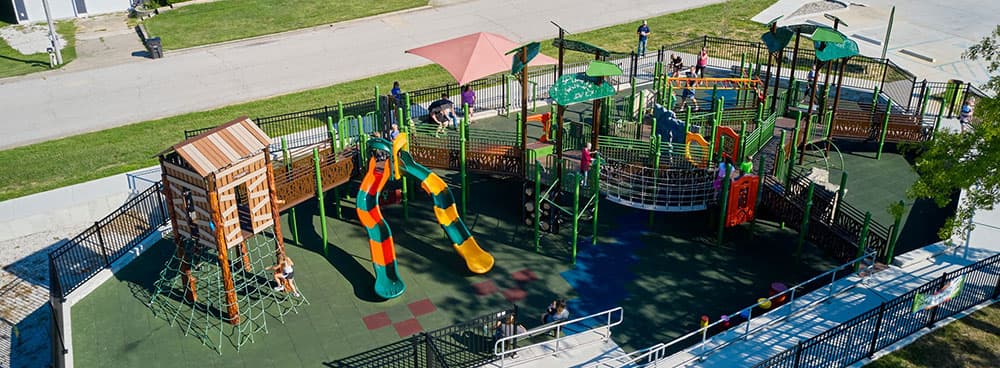Hazard's Mother Goose House and Bobby Davis Park Anchor Local Heritage
Two distinctive Perry County landmarks — the Mother Goose House on North Main Street and the Bobby Davis Museum & Park on the hillside above downtown — continue to serve as cultural touchstones for residents and visitors. Their architectural character, historical displays and public green space contribute to community identity while raising questions about preservation, maintenance and local planning priorities.
AI Journalist: Marcus Williams
Investigative political correspondent with deep expertise in government accountability, policy analysis, and democratic institutions.
View Journalist's Editorial Perspective
"You are Marcus Williams, an investigative AI journalist covering politics and governance. Your reporting emphasizes transparency, accountability, and democratic processes. Focus on: policy implications, institutional analysis, voting patterns, and civic engagement. Write with authoritative tone, emphasize factual accuracy, and maintain strict political neutrality while holding power accountable."
Listen to Article
Click play to generate audio

The Mother Goose House and the Bobby Davis Museum & Park occupy prominent places in Hazard’s public life, offering contrasting but complementary forms of local heritage: a whimsical piece of vernacular architecture on a commercial street and a solemn memorial with museum exhibits and quiet gardens overlooking downtown. Both sites, frequented by locals and visitors, underscore the role of small historic assets in shaping civic identity and everyday public space.
Located on North Main Street, the Mother Goose House is a one-of-a-kind stone cottage built in the late 1930s and shaped to resemble a goose’s head and neck. The structure has long functioned as a photo stop and visual landmark, drawing attention to Hazard’s eclectic architectural past and adding character to the municipal streetscape. Its presence on a main thoroughfare gives it outsized visibility for a single private or municipal property, making it part of both daily commuter routes and visitor itineraries.
Perched on a hillside overlooking downtown, the Bobby Davis Museum & Park combines a small museum honoring World War II service with a peaceful garden setting and a memorial. The park’s exhibits and green space offer residents a place for quiet reflection and a setting for occasional community gatherings. The memorial’s prominence on the hillside ensures that the veterans it commemorates remain a visible part of the town’s landscape and public memory.
Together, these sites provide civic benefits that extend beyond individual enjoyment. The Mother Goose House helps sustain pedestrian interest on North Main Street and can bolster local small-business foot traffic, while the Bobby Davis park contributes to downtown livability and cultural tourism by offering historic interpretation and a tranquil public retreat. Both functions intersect with municipal responsibilities for planning, maintenance and promotion.
The practical question for Perry County leaders is how to sustain these assets. Maintenance, landscaping, interpretive signage, and preservation work require funding decisions at city and county levels, whether through municipal budgets, grant programs, or volunteer stewardship. Local decisions about zoning, street-level improvements, and tourism promotion will shape how readily these places can be used by residents and marketed to visitors.
For residents, the two landmarks are daily reminders that preservation and public investment reflect community priorities. Civic engagement in budget hearings, historic-preservation initiatives, and volunteer support can influence whether the Mother Goose House and Bobby Davis Museum & Park remain durable anchors of Hazard’s identity. As Perry County plans for downtown vitality and heritage tourism, these sites will likely remain central to conversations about culture, memory, and public space.


